Content from the Brookings Doha Center is now archived. In September 2021, after 14 years of impactful partnership, Brookings and the Brookings Doha Center announced that they were ending their affiliation. The Brookings Doha Center is now the Middle East Council on Global Affairs, a separate public policy institution based in Qatar.
Forty years ago, a major war between Iran and Iraq set the stage for far-reaching and lasting regional dynamics. The conflict — which began in September 1980 when Saddam Hussein invaded Iran, and ended in a stalemate in 1988 — was the nascent Islamic Republic’s first major military test. It was an existential battle for the Iranian leadership, coming just one year after the 1979 revolution in Iran. The war claimed at least one million lives.
The legacies of the war are numerous. In the decades since, Iran has developed a marked capacity to mobilize Shiite communities across the region, penetrating previously impervious political and ideological spaces, particularly in Iraq but also in Syria, Lebanon, and Yemen. Moreover, it was in Iraq, during the formative stages of the war, that the Islamic Republic first started to implement a proxy network, one that has expanded region-wide (particularly in Syria and Yemen) in recent years. Finally, in shaping the political and foreign policy outlook of today’s leadership in Iran and in Gulf Arab states, the war additionally sowed the seeds for current geopolitical rivalries that have hampered efforts to secure durable regional peace.
Mobilizing Shiites
A key dynamic during the war — and one that would continue in the decades afterward — was Iran’s mobilization of Iraqi Shiite opposition groups. Tehran extended its support to other opposition groups, like the Kurds, but it was particularly focused on spurring a Shiite insurgency campaign within Iraq, encouraging mass defections from the Iraqi military, and trying to trigger an uprising among the majority-Shiite population. That was to no avail. Revolutionary fervor in Iran was instrumental to Tehran’s ability to push back against an enemy that had superior technological capabilities and a plethora of backers, including the U.S., its allies in the West, and the Gulf Arab states — but it could not inspire a similar response in Iraq.
The opposition groups and fighters Iran backed were immensely divided and lacked battlefield experience or discipline. The international community labeled them fundamentalist Shiite Islamist terrorists, and the Baath regime had an impressive capacity to repress and co-opt, as well as insulate its armed forces from mass defections.
The vast majority of Shiite personnel within the Iraqi army — along with Sunnis — fought loyally during the war. This was not out of loyalty to the regime, necessarily, but to prevent Iraq from becoming colonized by Iran or from following in its theocratic footsteps. Iran-aligned Shiite opposition groups, for their part, emphasized in their publications that colonization would not happen, and they framed the war not as a religious campaign but a campaign to overthrow the “Tikriti gang” (a reference to Saddam Hussein’s hometown and that of many of his closest confidantes and subordinates).
As I have detailed elsewhere, Iraq’s Shiites failed to emulate their revolutionary counterparts in Iran and rise up against the Baath regime. In his book “The Shi‘ite Movement in Iraq,” the late Iraqi sociologist Faleh Abdul-Jabar argued that such opposition movements failed because they did not sufficiently nationalize their cause. Iraq’s Shiite Islamist movements were forced into exile and integrated into the Iranian war effort, appearing “internationalist with a national sidetrack” to audiences back home; for Iran’s Islamic leaders, the focus was the reverse. As Abdul-Jabar contended, this isolated Iraq’s Shiite opposition groups from the mainstream of Iraqi patriotism, “which emerged during the Iraq-Iran war and was embraced by the majority of the Shi’is who fought Iran.”
Despite the best efforts of Iran and its Iraqi partners — who even recruited and mobilized Iraqi military defectors and prisoners of war to establish the Badr Brigade militia — they did not come remotely close to overthrowing the Baath regime. They were outmatched by Saddam’s multi-faceted strategy of appeasing and punishing the Shiite community. A charm offensive by the regime included refurbishing and allocating large sums to the holy shrine cities. Saddam stressed the Arab identity of Shiism. He deployed Shiite symbolism throughout the war effort, claiming to be a descendant of Imam Ali and the Prophet Muhammad. Saddam even made Imam Ali’s birthday an Iraqi national holiday. Indeed, Saddam cunningly became more Shiite as war with Iran continued.
The road to becoming a proxy power
In other words, it has taken some time, failure, and painful lessons for Iran to command the proxy network that it does today. From Tehran’s perspective, this has been essential to ensuring that Iran’s international isolation — felt acutely during the war — would not become an existential issue again. While Iran’s nuclear ambitions may yet be curtailed, its vast armed proxy network is perhaps its single most important defense and deterrence capability, and arguably the most transformational legacy of the war. This network, overseen by the Islamic Revolutionary Guard Corps (IRGC), has been central to the Islamic Republic’s ability to contain, deter, or eliminate its external rivals.
It was during the Iran-Iraq war that Iran established its single most important foreign legion: Lebanon’s Hezbollah. Since its creation in 1982, Hezbollah has achieved a supra-state status in Lebanon, superseding state institutions. It has also become indispensable to Iran’s expansionist ambitions and critical to Tehran’s ability to mobilize, establish, and train militia groups across the region. Hezbollah has itself established affiliates across the region in the years since, with reverberations across conflict theaters. Hezbollah has outgrown its sponsor in this respect.
In Iraq, the Badr Brigade is currently Iraq’s most powerful paramilitary force: It controls the Interior Ministry and has wide-ranging influence across Iraq’s institutions. It dominates the 100,000-plus Popular Mobilization Force, and has extended its reach into Syria to help prop up Bashar Assad’s regime. The organization developed its abilities on the battlefield, its capacity to recruit willing fighters, and its ability to subvert state institutions during the war with Iraq. Hezbollah and the Badr Brigade would not be what they are today were it not for the painful experiences, lessons, and losses of the Iran-Iraq war.
A new foreign policy outlook
The war shaped the outlook of many of Iran’s current decisionmakers. Its supreme leader today, Ayatollah Khamenei, was Iran’s president at the time. Its president today, Hassan Rouhani, was then the commander-in-chief of Iran’s Air Defense. The leadership of the current IRGC — Iran’s most powerful military force, and an entity that Khamenei helped form — made their names during the war. This includes the former head of its elite Quds force, Qassem Soleimani, who spearheaded Iran’s vast network of proxies over the past two decades, until his assassination by the U.S. in January. More broadly, the war helped solidify the foundational myth of the Islamic Republic. In the aftermath of a revolution that was driven by disparate political forces, the conflict enhanced the new regime’s ability to consolidate its hold on power.
Today, Iranian leaders continue to stress how internationally isolated Iran was in the aftermath of its revolution, left on its own as a nascent government to confront Iraq’s tanks and chemical weapons and U.S. and Western support for Saddam. Incidents like the mistaken 1988 U.S. downing of an Iran Air flight, which killed almost 300 innocent Iranians, reinforced the notion that the Islamic Republic had no allies and that the West was bent on Iran’s demise. From Tehran’s perspective, this legacy of isolation necessitates its pursuit of nuclear weapons and ballistic missiles and, of course, its continued deployment of proxy groups outside of its borders.
The emergence of a Shiite theocracy in Iran and the subsequent eight-year war created regional peace and security contours that shape contestations in the region today. For instance, Tehran instructed its proxies to carry out what were the first major contemporary suicide terrorist attacks, including the 1981 bombing of the Iraqi embassy in Beirut and Hezbollah’s attack on the American Marine barracks in Lebanon. In 1983, members of Iraq’s Islamic Dawa Party — which was Iraq’s ruling party from 2006 to 2018 — carried out suicide terrorist attacks in Kuwait, targeting the U.S. and French embassies, and was complicit in a series of other high-profile attacks in the region. Iranian proxies and Shiite Islamist groups were thus among the early adopters of suicide bombs, which since became a standard tool of warfare by jihadi movements.
Thus, Iran took the war to the Gulf Arab states, calling on their Shiite populations to rise up against their governments. Gulf monarchies, in turn, came to see Iran’s new leadership as an existential threat, which in turn prompted Saudi Arabia to unleash its own proselytizing brand of fundamental Sunni Islam and support for groups that could mount a pushback against Iran’s encroachment. The Gulf monarchies have since increasingly viewed their relationship with Tehran through the prism of their own restive Shiite communities, communities that have long-standing political, socio-cultural, and religious ties to Shiite centers of power and influence elsewhere in the region. These action-reaction dynamics are a key part of why the contemporary Middle East is divided and why achieving lasting stability in the region has so far proved insurmountable.
Conclusion
Today, the strategic calculus in many regional capitals is rooted in these historical episodes of conflict and tumult, which has diminished the prospects of a durable peace. After the 2003 invasion of Iraq, it was precisely the legacies, lessons, and a sense of unfinished business that contributed to the multitude of sectarian conflicts. The ongoing battle for Iraq’s political order has pitted those Shiite Islamist political actors who were backed or established by Iran during the war against Arab Sunni actors with long-standing relations with the Arab Gulf.
Saddam Hussein and others in Baghdad saw an invasion of Iran as a historic opportunity to transform Iraq’s regional standing, making it the true pan-Arab power it had longed to become, as Baath regime records captured by the U.S. after the 2003 invasion indicate. Yet, for Iraq and its Baath regime, the war and its second-order effects had a cumulative, harmful impact. In the decades since, Iraq and its people have experienced bankruptcy, destitution, and more conflict.
As the unfinished business of the war continues to play out, the proxy problem is a key area to watch. Iran started this approach during the war, learned lessons from its failure then, and quickly proved able to successfully promote proxies elsewhere. The reverberations of that approach and of its devastating consequences are central to the challenges facing the Middle East now.
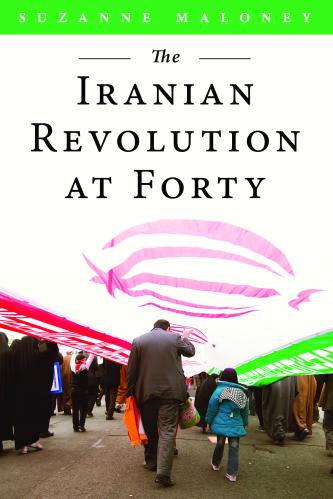
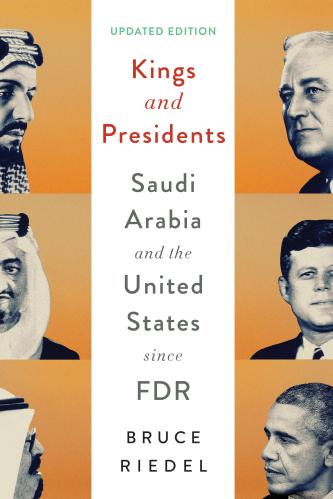
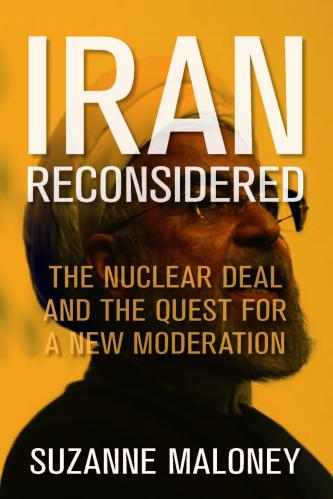
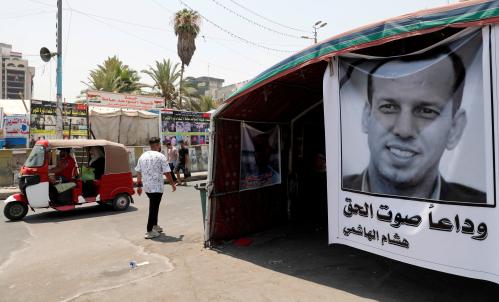
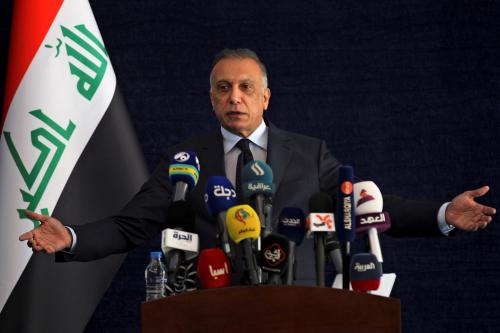
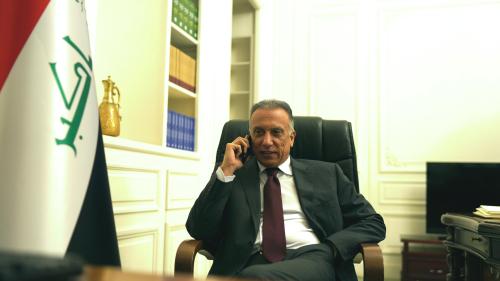

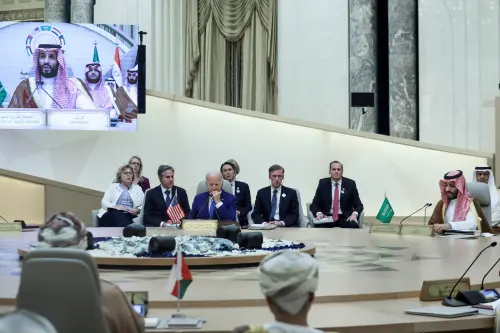
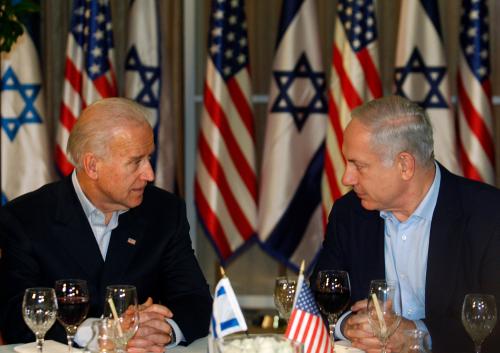
Commentary
How the Iran-Iraq war will shape the region for decades to come
October 9, 2020